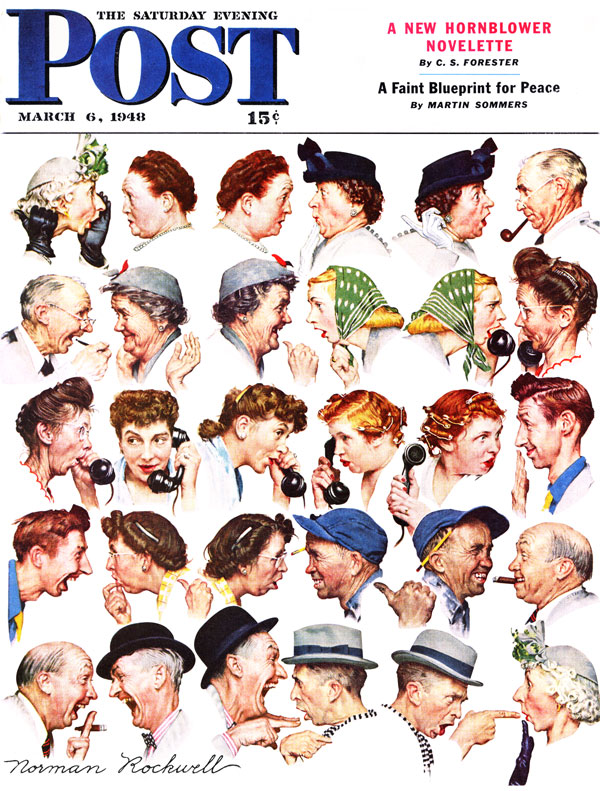 |
| Photo by Iván Ramos |
I had coffee with my pal Iván Ramos yesterday. He’s a part-time photographer and a full-time realtor, although the proportions are constantly shifting. I recently recommended he read Art & Fear: Observations On the Perils (and Rewards) of Artmaking, by David Bayles. He’d just finished it.
 |
| Photo by Iván Ramos |
Bayles’ idea of what makes a successful artist can be boiled down to this: they keep making art. (However, don’t think you ‘get’ the book from that capsule description because every page is an ‘aha’ moment. It will be the best $7.32 you ever spend.) Launching from that, Iván and I started talking about our own organizational techniques.
 |
| Photo by Iván Ramos |
Eat the Frog First—this means to start off by getting the most detestable part of the job out of the way first. Often these tasks have the greatest long-term influence on your career, but you really hate them. If you have to eat a live frog, it doesn’t pay to sit and stare at it a long time—it distresses you and bores the frog.
For me, the “frog” is marketing and organization and part of the reason I dislike them is that they ‘distract me’ from my fundamental job. But that’s silly; they are an integral part of my fundamental job.
 |
| Photo by Iván Ramos |
Time Blocking—this means doing the same thing at the same time every day, and it’s how I live my life. I approach every task—from laundry to painting—as a process that is allotted a certain amount of time, rather than as a job that must be finished. I learned long ago that this is the single best way for me to avoid “painter’s block,” because I don’t waste any time jollying myself into painting.
 |
| Photo by Iván Ramos |
Don’t Break the Chain—this simply means that an artist has to work every day to be successful. Iván told me that in the early days of his career, Jerry Seinfeld put a big red X over every day that he sat down and wrote. The writer’s job, he said, was to not break the chain of Xs.
Let me know if you’re interested in painting with me in Belfast, Maine in August, 2014 or in Rochester at any time. Click here for more information on my Maine workshops!






